Pharmaceutical Botany
1/58
There's no tags or description
Looks like no tags are added yet.
Name | Mastery | Learn | Test | Matching | Spaced |
|---|
No study sessions yet.
59 Terms
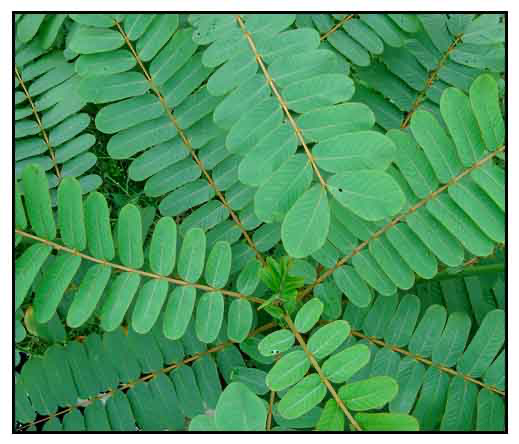
Cassia alata
Cassia alata
Family: Fabaceae
“Bayabasbayabasan” and “ringworm bush”
Ringworms and skin fungal infections
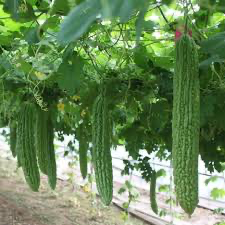
Momordica charmanta
Momordica charantia
Family: Cucurbitacear
“Bitterground” and “biter melo”
Diabetes mellitus, for the non-insulin dependent patients
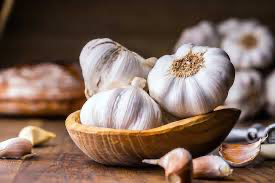
Allium Sativum
Allium sativum
Family: Amaryllindaceae
“Garlic”
Reduce cholesterol, helps control blood pressure
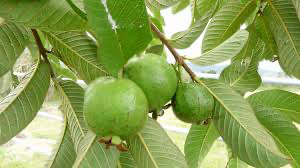
Psidium guajava
Psidium guajava
Family: Myrtaceae
Antiseptic to disinfect wound; tooth decay and gum infection
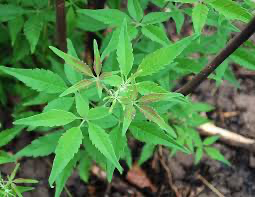
Vitex negundo
Vitex negundo
Family: Lamiaceae
“Five-leaved chaste tree”
Cough and asthma
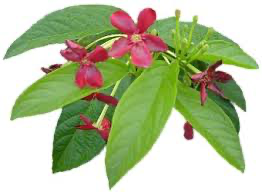
Combrentum indicum
Combretum indicum
Family: Combretaceae
“Chinese Honey Suckle”
Intestinal worm (Ascaris & Trichina)
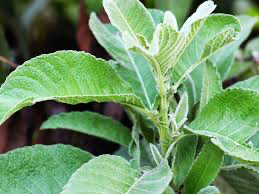
Blumea camphora
Blumea camphora
Family: Asteracea
Diuretic helps in the extraction of urinary stones
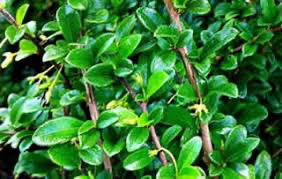
Carmeona retusa
Carmeona retusa
Family: Boraginacea
Intestinal motility; mouth wash
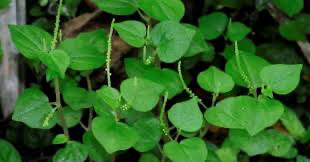
Peperomia pellucid
Peperomia pellucida
Family: Piparaceae
Arthritis and Gout
Leaves as salad/tea

Clinopodium douglasii
Clinopodium douglasii
Family: Lamiaceae
“Peppemint’
Analgesic for body aches and pain
Basic structural and functional unit of living organisms
Smallest working unit of all living organisms on our plant
fundamental unit of life
Cell
States that “the bodies of plants and animals are composed of cells and their products and these cells came from preesxiting cell”
Cell theory
this year is the time when the term “cell” was first identified and observed
1665
the scientist who first observed and identified a cell
Robert Hooke
in the year 1839, _____ and _____ provided few basic principles of cell
Schwann and schleifen
He discovered plant cell by examining the section of the cork
give the year
Robert Hooke - 1665
he is the first to observe single-celled organisms under the microscope
give the year
Anthon Van Leeuwenhoek - 1674
he is the first to observed the nucleus in hairs and other cells of orchids
give the year
Robert Brown
he discovered fluid content of cells
give the year
Felix Dujardin - 1835
State that plants were composed of cells
give the year
Matthias Schleiden - 1838
he named the fluid content of cell as protoplasm
Jan Evangelist Purkyne - 1839
he state that animals were composed of cells
Theodor Schwann - 1839
he proposed cell as the basic unit of life
Carl Heinrich Braun - 1845
he developed the idea of generation continuity of cell that “Omnis cellula e cellula”
Rudolf Virchow
Organisms that is made up of only one cell Unicellular
Euglena
Paramecium
Yeast
Organisms that made up of many cells
Multicellular
Plants
Animals
Fungus
Conseqeance of unicellular
No division of labor
each cell = all tasks
Multicellularity consequences
more specialized = more dependent
maximum protection = rely for photosynthesis, reproduction, mineral absorption
The smallest cell and what is its size
Mycoplasma
0.1 micrometer
unite used to measure cell
Micrometer
Cells that can change their shape
Amoeba
euglena
shape of Human RBCs
Circular biconcave
Difference between plant cell and animal cell
Animal cell:
small
no cell wall
No plastids
have centrioles
small vacuoles
Plant cells:
large
have cell wall
have plastids
large vacuoles
no centrioles
Give the 4 main component of Plasma membrane
Phospholipids
cholesterols
protein
carbohydrates
Function of cholesterol in cell membrane
Ensure the cell membrane stays fluid
strengthen it by preventing some small molecules from crossing it
maintain the consistence
they make up the basic structure of a cell membrane
Phospholipids
Speed up chemical reactions, act as receptors for specific molecules, transport materials across the cell membrane
Proteins
the two types of protein in a cell membrane and their location
Integral protein - inside the lipid bilayer
Peripheral protein - outside the lipid bilayer
what does the carbohydrates produce/
Glycocalix
the location of carbohydrates
attached to lipids and proteins outside of cell membrane
how is membrane formed?
they are formed molecule by molecule
vesicle of preformed membrane fused with growing membrane
difference between exocytosis and endocytosis
Exocytosis - excrete waste and debris
Endocytosis - cell takes in materials through invagination
meaning that certain substances cross the membrane more easily and rapidly than others.
Differentially/selectively perneable
give the 4 properties of cell membrane
membrane can grow
membrane fusion allow transpport
selectively permeable
constantly changing
Non-living and outermost covering of a cell (plants & bacteria)
Located outside the cell membrane
to protect and provide structural support to the cell
Cell wall
dense spherical body located at the center of the cell
Nucleus
the double layered covering of nuces
t has a pores of how many nanometer?
Nuclear membrane
80 to 100 nm
it contains the nucleus and a network of chromatic fiber
colorless dense sap
Nucleoplasm
it transfer the hereditary information from one generation to the next
Genes
Jelly like substance formed by 80% water
preset between plasma membrane and nucleus
Cytoplasm
A network of tubular and vascular structures which are interconnected with one another
Endoplasmic reticulum
difference between Sooth ER and Rough ER
Smooth ER - lipids
Rough ER - secretory proteins and membrane proteins
He discovered the Golgi body
Camillio Golgi
flattened sacs in the Golgi body
Cisternae
give the two ends of Golgi body and its location
cis face - ER
trans face - membrane
Small, spherical, single membrane sac
Filled with hydrolytic enzymes
Function:
digest large molecyles
destroy foreign invaders
Lysosome
Single membrane sac filled with liquid or sap
store waste products
osmotic pressure
Vacuole
The cell responsible for synthesizing the ATP (energy-rich compound)
Mitochondria